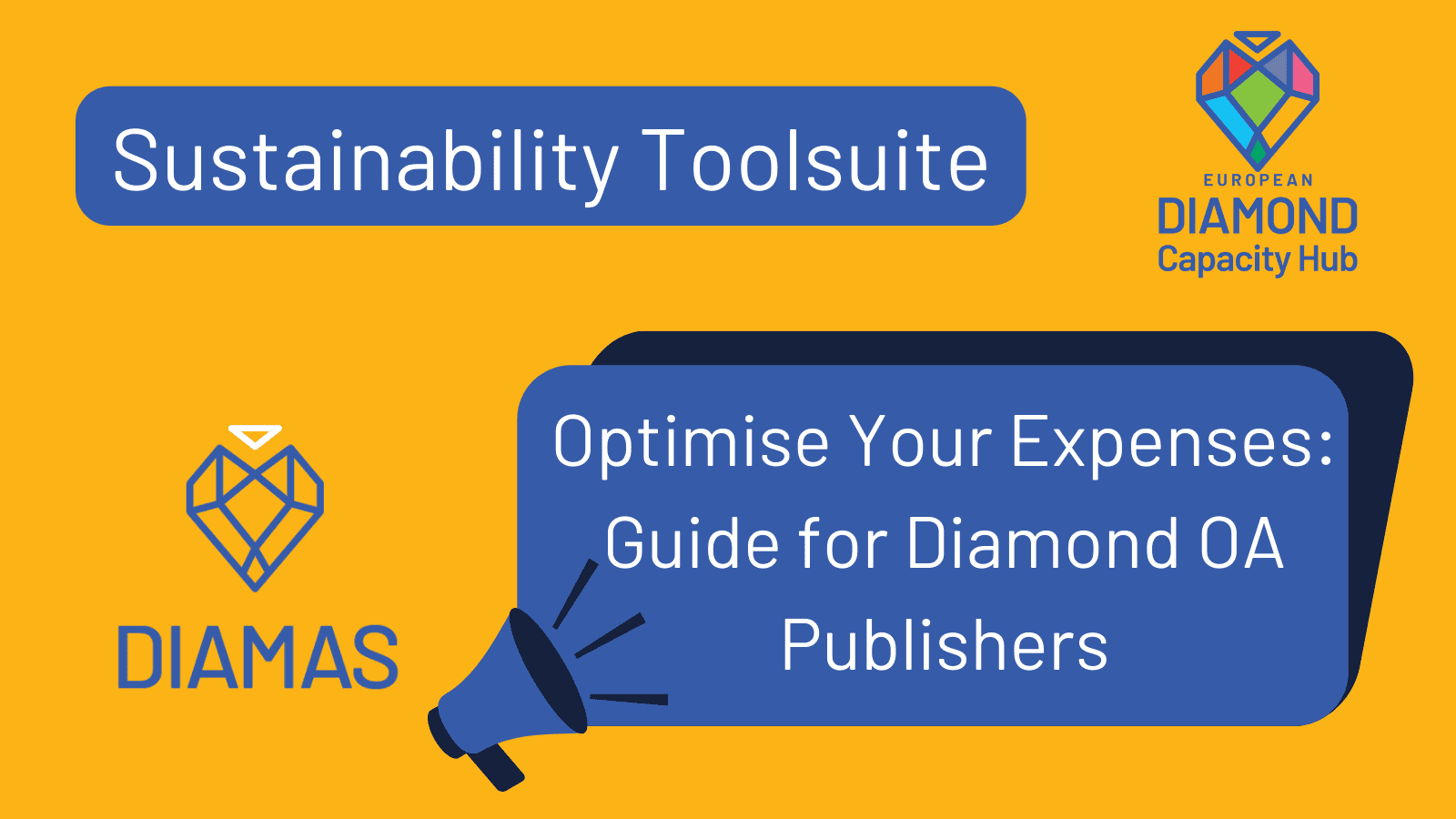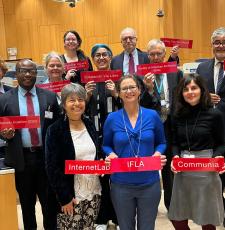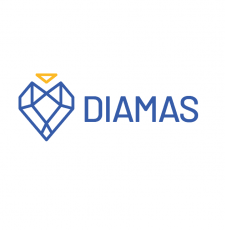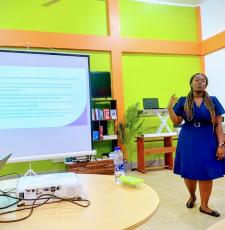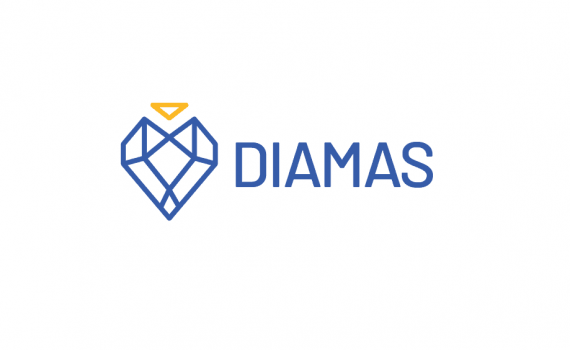
Milica Ševkušić, EIFL Open Access Programme Project Coordinator, shares tools and resources developed by the EU-funded DIAMAS (Developing Institutional Open Access Publishing Models to Advance Scholarly Communication) project to support the quality and sustainability of Diamond open access (OA) publishing and implementation of the Diamond Open Access Standard (DOAS).
EIFL is one of 23 partners in the DIAMAS project, which aims to enhance Diamond OA publishing in the European Research Area (ERA). Diamond OA refers to a scholarly publication model in which journals and platforms do not charge fees to either authors or readers.
To support existing Diamond OA publishers and those publishers who are considering moving towards Diamond OA, DIAMAS is producing a suite of Resources and Guidelines. The main aim of these resources, most of which have been completed and are now available online, is to explore ways of improving the quality and financial sustainability of Diamond OA publishing.
The major output of the DIAMAS project is the Diamond Open Access Standard (DOAS), published in June last year (2024). The DOAS combines comprehensive standards for Diamond OA publishing with a self-assessment tool that can be used by Diamond OA publishers and their service providers to assess to what degree they are meeting standards.
EIFL co-created the DOAS with other DIAMAS partners. In addition to the self-assessment tool, in October 2024 DIAMAS published a Toolsuite and Guidelines to support implementation of the DOAS. These resources are available in four languages (English, Spanish, Portuguese and Croatian).
Supporting implementation of the DOAS 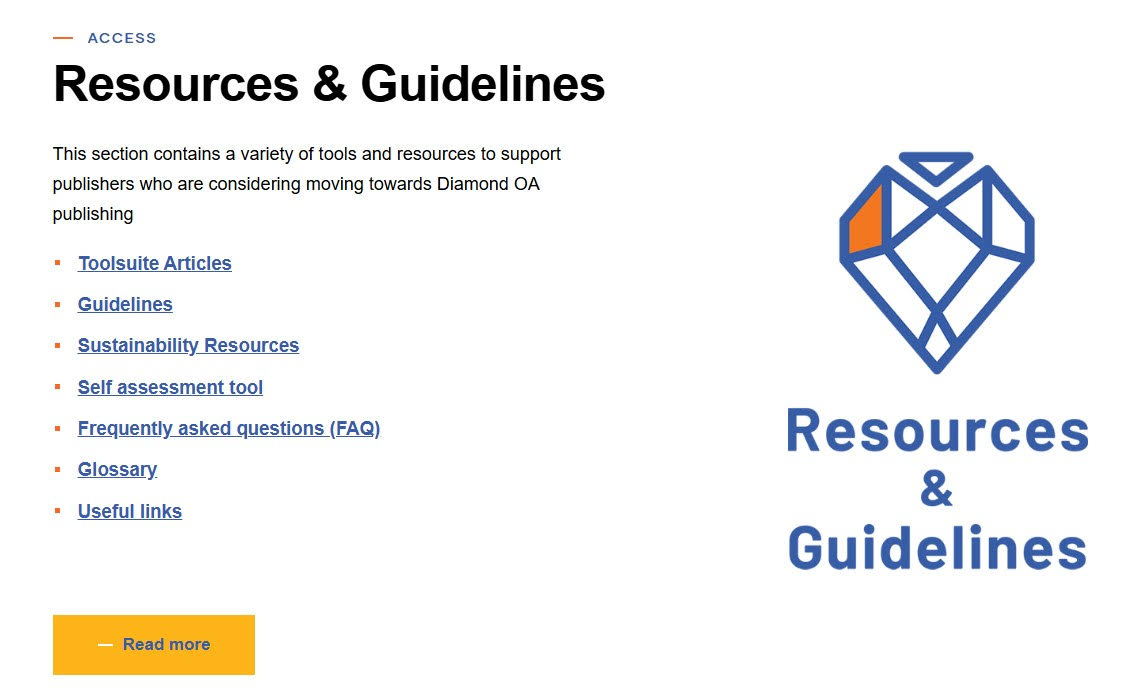
The Toolsuite
The Toolsuite is a set of articles that provide a high-level introduction to Diamond OA and the DOAS. It consists of 14 articles grouped around seven areas (1) Funding; (2) Ownership and governance; (3) Open Science Practices; (4) Editorial quality, management, and research integrity; (5) Technical service efficiency; (6) Visibility, indexation, communication, marketing, and impact; (7) Equity, Diversity, Inclusion, and Belonging (EDIB)), and are accompanied by a Glossary, and Frequently Asked Questions.
Each article is supplied with links to related resources (other articles and guidelines), glossary terms, and references to external resources. The writing team included more than 20 contributors (I was the lead author for three articles in the Technical service efficiency section).
The Guidelines
The Guidelines, providing practical guidance on the implementation of DOAS, include 18 articles that have the same structure as Toolsuite articles (main text, links to internal and external resources and glossary terms):
- Availability of research protocols, methods and software
- Basic editorial information that should be displayed
- Choosing a platform
- Copyright, authors’ rights policy
- Diamond OA policies
- GDPR (General Data Protection Regulation) and Personal data
- Gender diversity
- Handling negative research results
- Implementing community-led governance in publishing services
- Marketing, communication and visibility
- Metadata formats and export, identifiers, CRediT tags, bibliographic references, JATS XML or equivalent
- Multilingualism
- Preprints
- Research data sharing policy
- Revenue Streams
- Self-archiving policy
- Usage and metrics
- Use of open licenses in open access publishing
The writing team included thirty contributors (EIFL-OA Manager Iryna Kuchma was the lead author for the guideline on Availability of research protocols, methods and software; Preprints; Self-archiving policy, and Research data sharing policy articles, and I was the lead author for the articles Choosing a platform and Metadata formats and export, identifiers, CRediT tags, bibliographic references, JATS XML or equivalent.
Sustainability Resources and Guidelines
The DIAMAS Sustainability Resources and Guidelines are still being developed, but most are already online. They come indifferent formats - research studies and reports, guides, and self-assessment and planning tools:
- Talking Points: Making the Case to Fund Diamond Open Access, explaining the key reasons for institutions, funders, and donors to support Diamond open access;
- Optimise Your Expenses: Guide for Diamond Open Access Publishers
- Nonprofit Business Model Canvas, a strategic tool and template for planning nonprofit OA publishing;
- The Centrality of the Workforce for Diamond Open Access, exploring workforce-related challenges in sustaining Diamond OA publishing;
- Research Funders Committing to Diamond Open Access: A DIAMAS Case Study Report, presenting case studies on how and why funders support Diamond open access.
- Diamond Open Access Sustainability Check, a web application for assessing financial health and sustainability;
- Institutional Publishers and Service Providers: Sustainability Research Report
- National Overviews on Sustaining Institutional Publishing in Europe (in 10 European countries);
- Selected readings on Diamond OA Publications and Infrastructure Business Models
- Preprint Beyond 'No Fee': Why Diamond Open Access Is Much More Than a Business Model Explores.
Iryna Kuchma authored the Nonprofit Business Model Canvas, and I designed the Optimise Your Expenses guide.
European Diamond Capacity Hub
The Resources and Guidelines will be integrated into the European Diamond Capacity Hub (EDCH), a virtual gateway offering capacity-building services for Diamond OA publishers. Once completed, the EDCH will provide six core services:
- Registry & Forum: virtual spaces where services, tools and technologies can be presented and discussed.
- DOAS and the self-assessment tool (already available)
- The Diamond Discovery Hub (DDH): a list of Diamond OA journals in Europe.
- DOAS Resources & Guidelines (already available).
- Training Platform
- Publishing Tools: software tools and extensions to optimize publishing workflows and platform efficiency.
SHARE / PRINT






